PIRATES!
“Careful there’s a pirate!”
“Aaarr, matey!”
“Shiver me timbers!”
“Where’s Jack Sparrow?”
We've been regularly met with these playful remarks as visitors have stepped aboard our Tudor galleon. And they’re right, of course, in that Francis Drake and his Golden Hinde crew, as represented by our theatrical guides, were indeed Elizabethan pirates. But Jack Sparrow’s real-life counterparts didn’t arrive on the scene until long after Drake’s death.
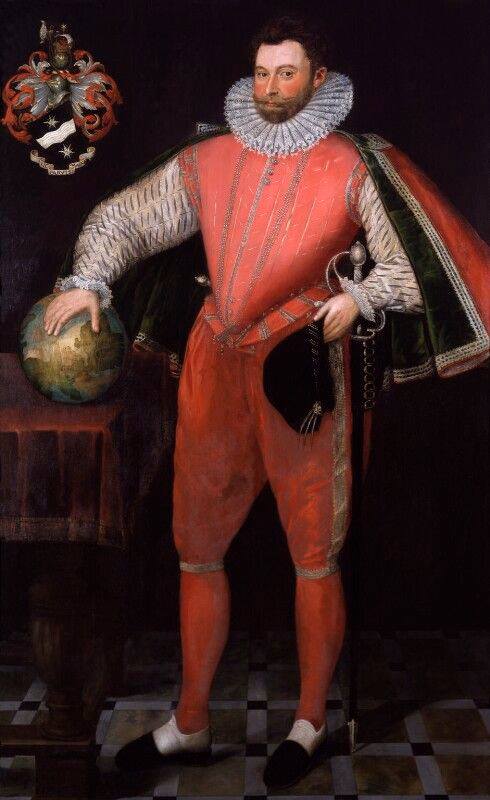 |
The Golden Age of Piracy, around 1650 to 1730, is remembered for generic pirates with eye-patches, parrots and peg legs from the West Country of England (the ‘pirate accent’), and has been reinforced endlessly by film, television and books. It is hard to associate pirates with being anything other than swashbuckling adventurers of the Caribbean, rebellious frontiersmen sailing the high seas, living only to fight and steal treasure.
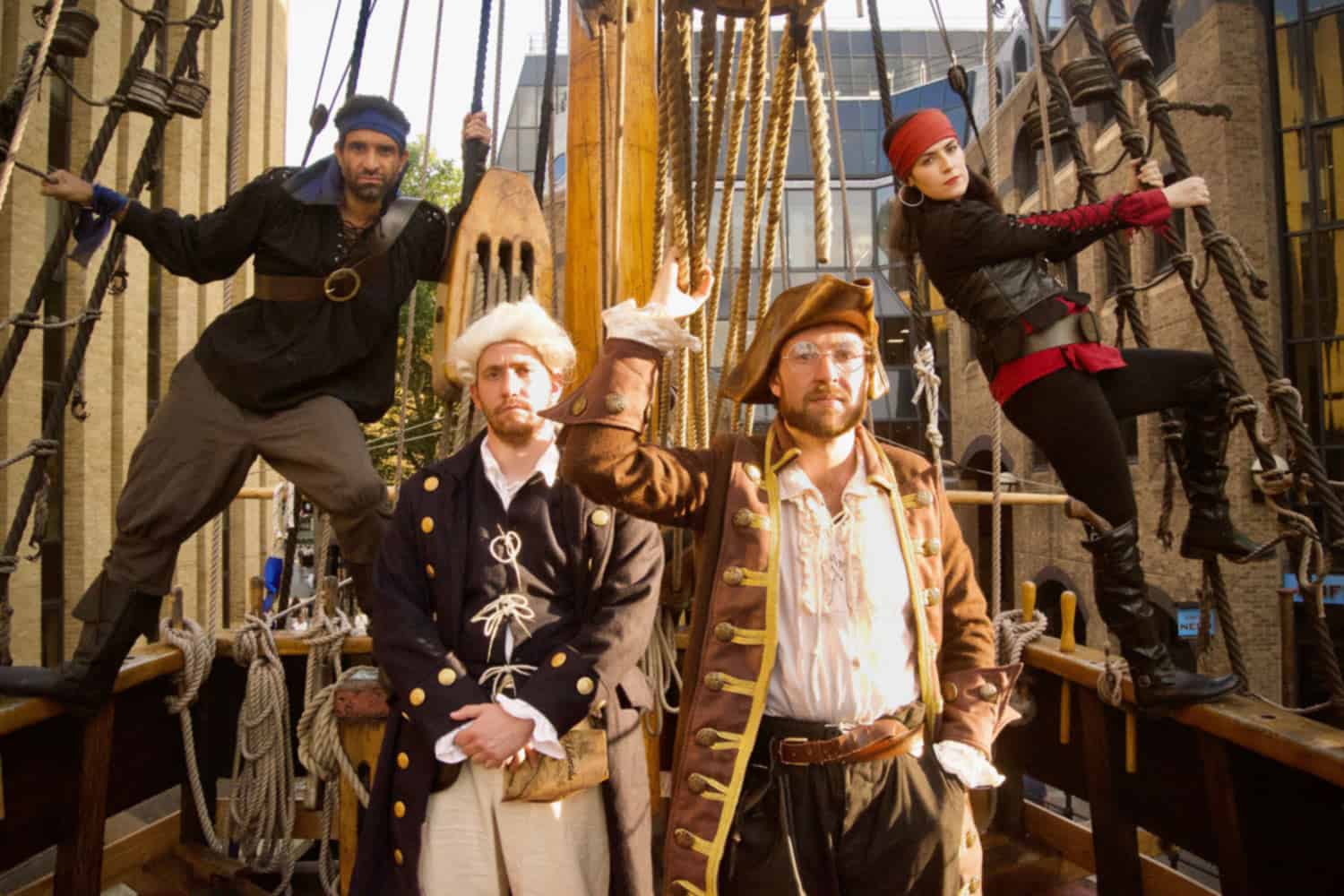 |
But pirates come in many forms and from all over the world. At the Golden Hinde we represent ‘Elizabeth’s sea dogs’ of the 16thcentury, when Elizabeth was known as the ‘pirate queen’ and who called Francis Drake ‘my little pirate’. Men such as Drake are often remembered as gentleman explorers, discovering new lands in the name of queen and country. Although it’s not unreasonable to say that Drake and his contemporaries -Martin Frobisher, John Hawkins, Walter Raleigh -were more concerned with reputation, colonisation and personal wealth than straightforward discovery. Exploration needs sponsorship, and sponsors want a track record of success, sponsors want a global legacy. And success and legacy are usually achieved through aggressive, piratical tactics
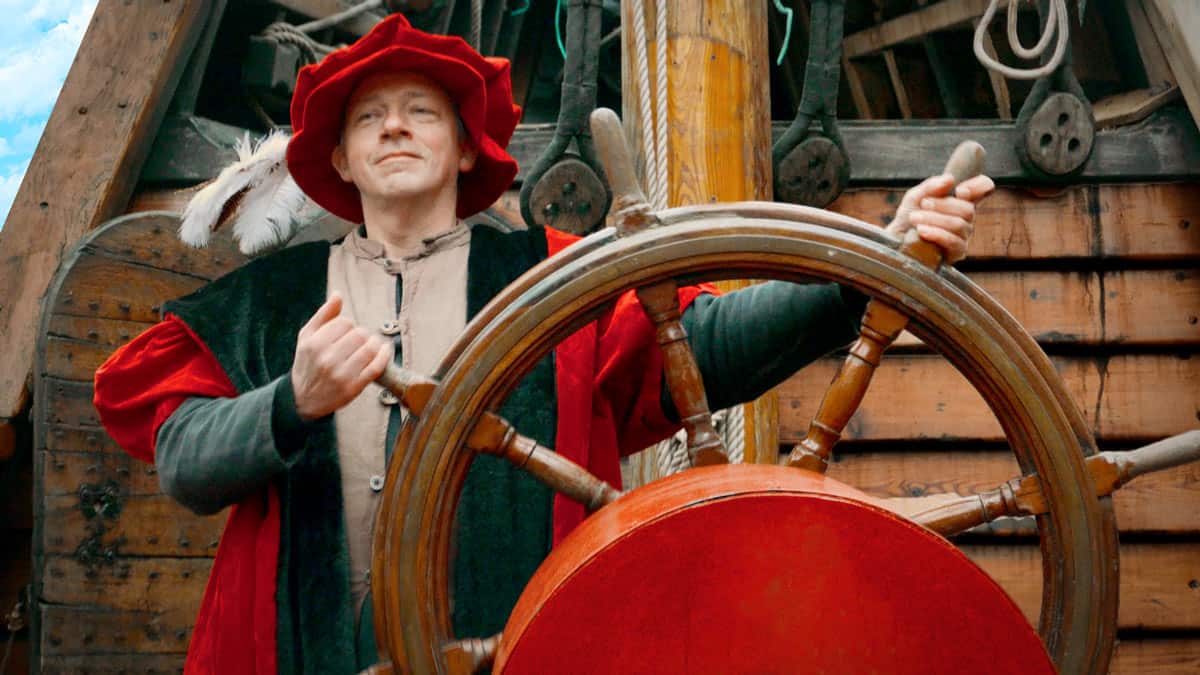 |
Since humankind first had the idea to put a boat on water, someone else was having the idea to rob them –and 21stcentury pirates continue to do so in places such as Venezuela, Somalia and the Moluccas. Men who were once fishermen and traders, experiencing economic disaster, turn to piracy in desperation, and this is the history of (mostly) men and the sea.So why do we only associate pirates with such a brief period of maritime history? The Golden Age of Piracy is the time that sea-robbers started to self-identify as pirates. ‘Pirate’ was no longer just an accusation from angry victims but a proud badge of honour, a warning to anyone thinking of resistance. Famous names such as Henry Morgan, Blackbeard and Anne Bonny have imprinted themselves on our collective consciousness as the sailors who answer to no-one, the community of underdogs pledging devotion to the black flag and who would do anything and everything to survive against oppressive, powerful, European military forces. Even though the ideals of all being equal and working together for mutual advantage over an unbalanced system appeals to us, it’s important to remember the full scope of piracy...
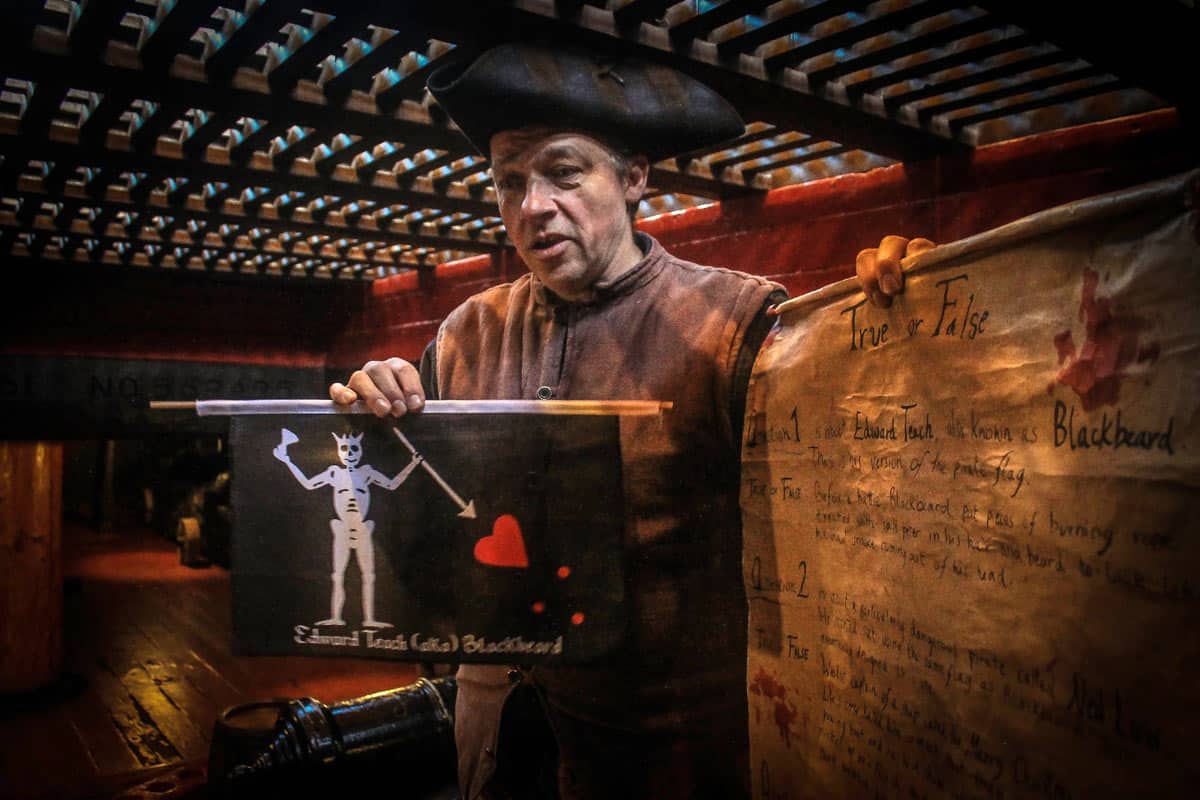 |
There are many accounts of rape and torture, countless towns and ships were ransacked, numerous lives lost or destroyed, all in the name of piracy. Pirates were feared because they were often ruthless, cruel miscreants, not open to pleading or negotiation.Is it human nature to remember some violent criminals through rose-tinted glasses, built on the idea of a long-forgotten and greatly missed ‘code of honour’? Recent memory can support this idea, with criminals such as the Kray twins, Bonnie and Clyde, Ned Kelly –all of these people, undoubtedly guilty of murder and/or torture -having been portrayed as heroic rebels in popular culture. Did Charles Johnson’s ‘General History of...Pyrates’, published in 1724, or Robert Louis Stevenson’s ‘Treasure Island’ (1883) create a celebrity ring around these self-aware, violent pirates? Or does public perception simply choose to hold on to its own interpretation of mythology when it needs to, a kind of mass wish-fulfilment?
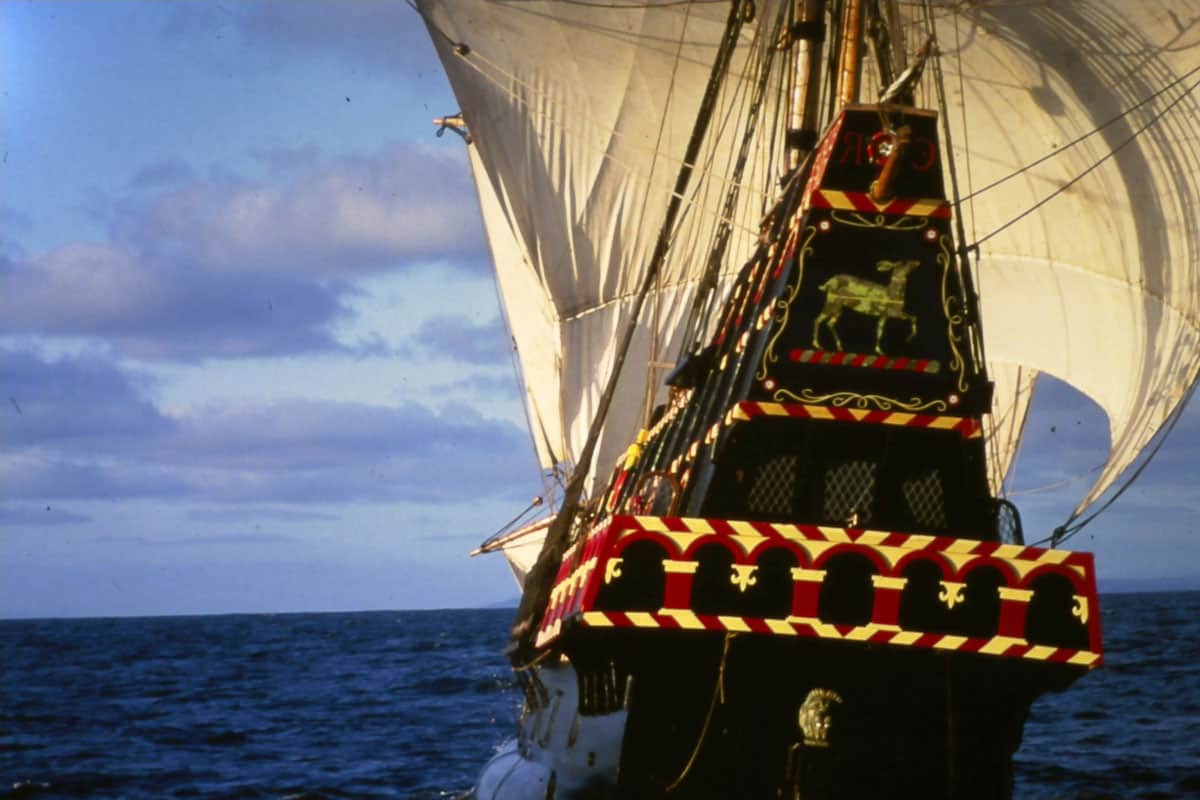 |

